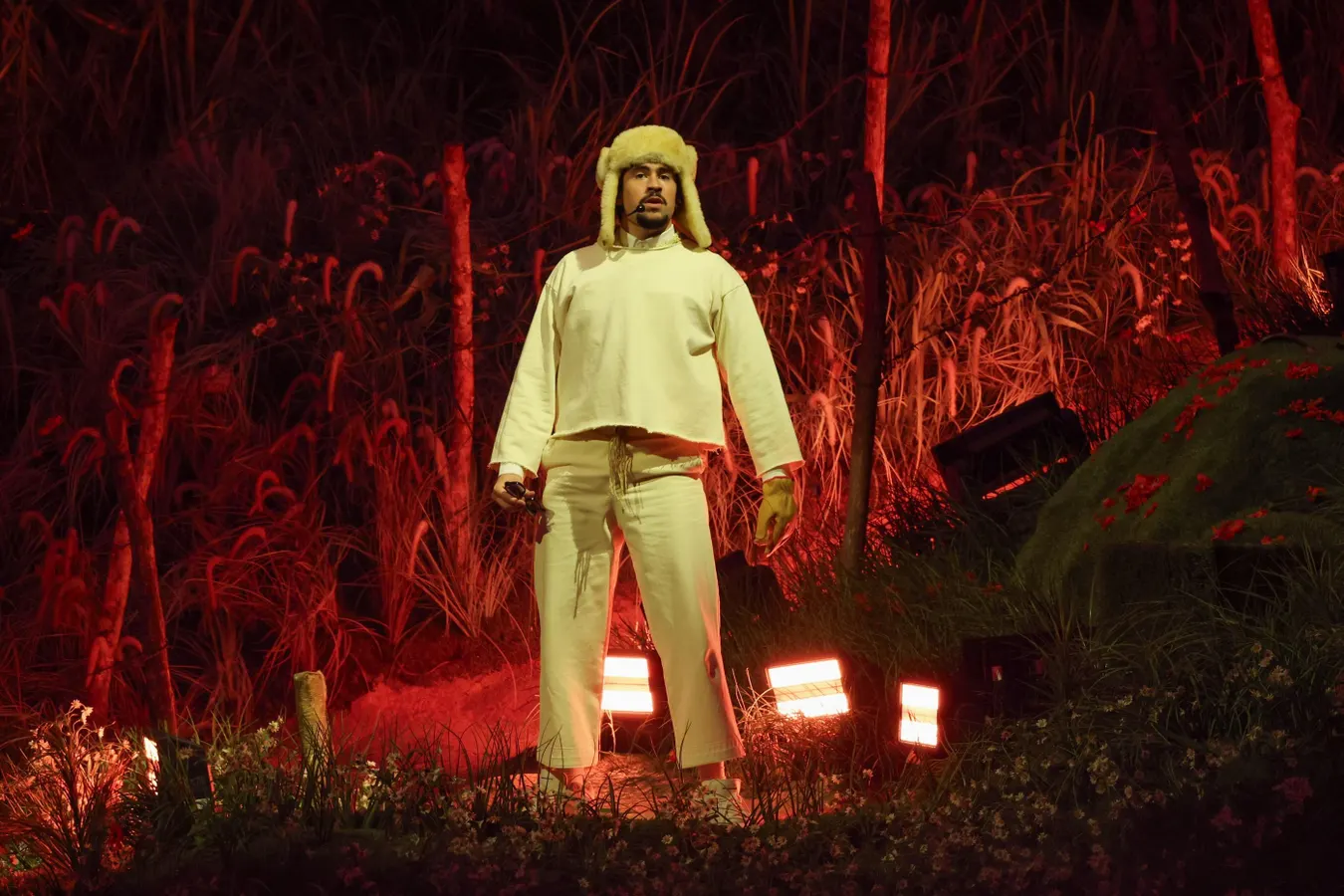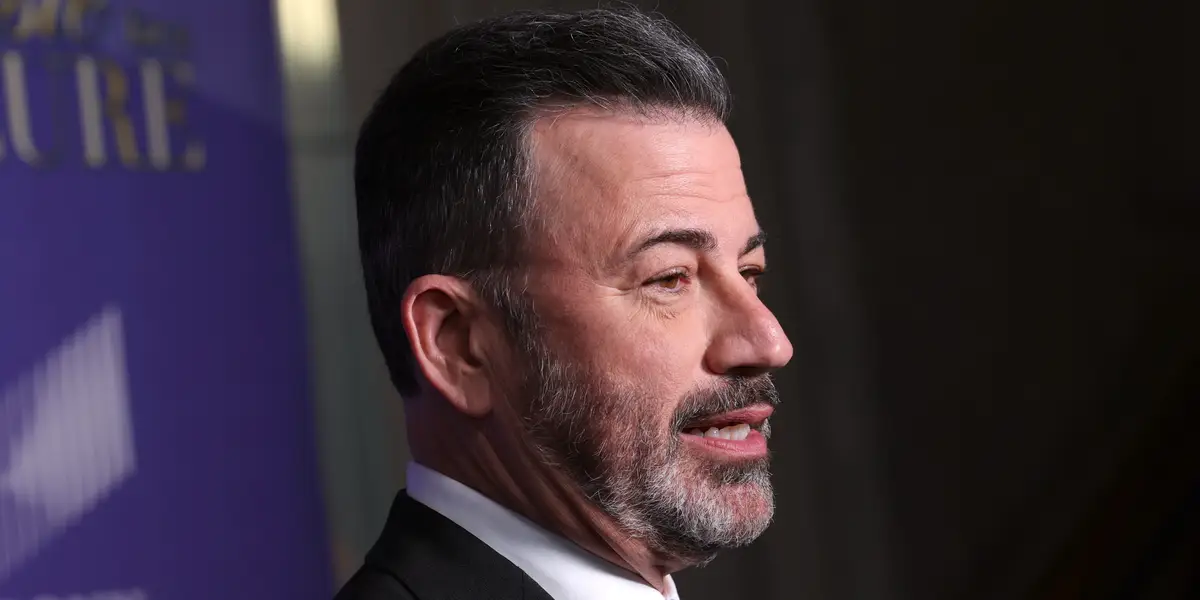By Contributor,Kevin Mazur,Sonia Thompson
Copyright forbes

SAN JUAN, PUERTO RICO – JULY 11: Bad Bunny performs onstage during Night One of Bad Bunny: “No Me Quiero Ir De Aqui” Residencia En El Choli at Coliseo de Puerto Rico José Miguel Agrelot on July 11, 2025 in San Juan, Puerto Rico. (Photo by Kevin Mazur/Getty Images)
Kevin Mazur/Getty Images
Bad Bunny will headline the Super Bowl halftime show in 2026. Many fans are rejoicing for the selection, even though there is some backlash from others. When you look at the details from a marketing perspective, the choice just makes sense.
Latinos are the fastest-growing fanbase for the NFL. Viewership among both English and Spanish speaking fans is up 11%. Broadcasts of NFL games in Spanish have spiked 34% in comparison to recent years. And the NFL has been cultivating a global fan base, as part of its plans for global expansion for years. The plan includes playing seven games in countries Europe and South America, and and expanding to play a game in Australia during the 2026 season.
Record breaking artist Bad Bunny has fans all around the world. He’s kicking off the rest of his global tour after his ground-breaking 31-show residency in Puerto Rico that pumped more than $4 million into the islands economy. His last show in Puerto Rico was streamed live on Amazon Music and broke records for live streaming viewership. In 2022, his album was the first all-Spanish album to reach number one in the U.S. And in 2024, his music was the third most streamed in the world behind Taylor Swift and The Weeknd.
While fans are in for an experience, for what promises to be a ground breaking show, the announcement just provides another data point of many that highlights a shift in the way marketers should be approaching growing their brands.
Growth Requires Reaching A Broader Customer Base
Like many brands, the NFL has been focused on growth. The organization’s playbook includes creating programming and opportunities to invite new fans to the sport, establish and nurture relationships with them and their communities, and removing any friction to them becoming lifelong fans.
MORE FOR YOU
That programming includes the International Player Pathway Program to support and develop players from around the world in their quest to play in the NFL. The league’s focus on flag football has supported them in creating a large and growing fanbase of women and girls. And of course, the league has committed to playing NFL games in different cities around the world to deepen fandom.
For your brand to continue to grow, you’ll need to work to diversify your customer base as well. Doing that effectively, goes beyond simply adding representative imagery in your promotional campaigns.
The NFL choosing Bad Bunny to headline the Super Bowl halftime show is just another lever to accomplish their growth goals, by tapping into the artists global appeal.
Growing new communities of consumers will require your brand to invest in relevant forms of customer acquisition for the consumers you want to reach, and enhancing your customer experience throughout to ensure they feel like they belong with you at every touchpoint.
The New General Market Demands Better Representation
The consumers you want to serve need to see themselves and or who they aspire to be reflected in the visual imagery your brand puts forth. The NFL has been courting Latino consumers for years now.
It only makes sense that the brand represents that fan base in a meaningful way. Bad Bunny is a conduit for that.
But even more than just featuring talent from the Latino community to court the community, the NFL is also leaning into a shift from the “historical general market” to the “new general market.”
It is representing not only what they want their customer base to be, but also what the population already is.
In the U.S., the Hispanic population represents 19.5% of the population. One in four children in the U.S. are Hispanic, showing continued growth.
As such it becomes a liability for a brand to not represent, in mainstream media and marketing such a large percentage of the population and your ideal customer.
The NFL is reflecting demographic shifts in the imagery they put forth and who they choose to feature. Your brand should do the same.
Consumers Are Done With Assimilation
Bad Bunny’s music is almost entirely in Spanish. As an artist, he is unapologetic about releasing music in Spanish, and staying true to his culture and heritage. And when many artists have assimilated and produced music in English as a way to advance their careers, Bad Bunny has made an intentional choice to not do that. He’ll be headlining the world’s biggest music stage, so it is clear that assimilating to English-speaking culture hasn’t hindered his impact or superstardom.
Consumers are internalizing a similar attitude. Gone are the days where consumers on the whole felt like they needed to hide or downplay what made them different, for the purpose of achieving success, not rocking the boat, or to feel like they fit in.
These days, consumers are more interested in finding brands and spaces where they belong. Where they can show up as they are, be accepted for who they are, and accepted and celebrated for who they are.
And these consumers now have the expectation that the brands they engage with and buy from, will not only just acknowledge their identity, but create products, experiences, and communications the clearly and quickly demonstrate that the brands sees, and supports them, and wants them to be a customer — as they are.
For your brand to succeed with today’s consumer, it is important to acknowledge and embrace the differences of the people you want to serve.
Editorial StandardsReprints & Permissions



